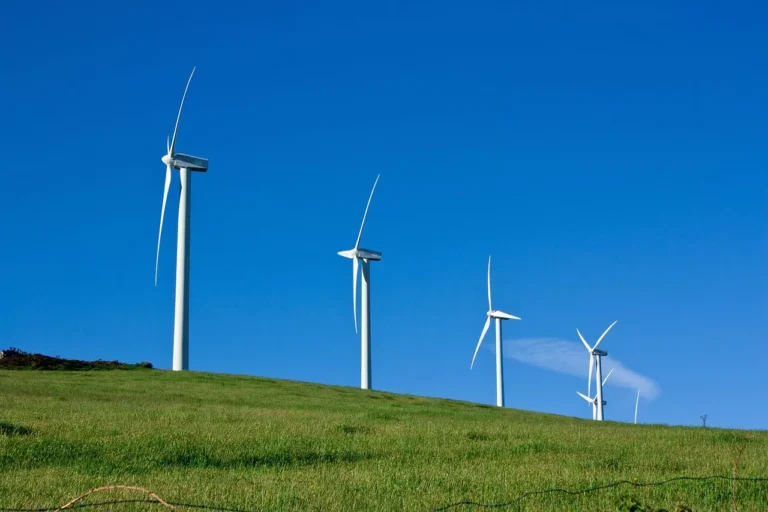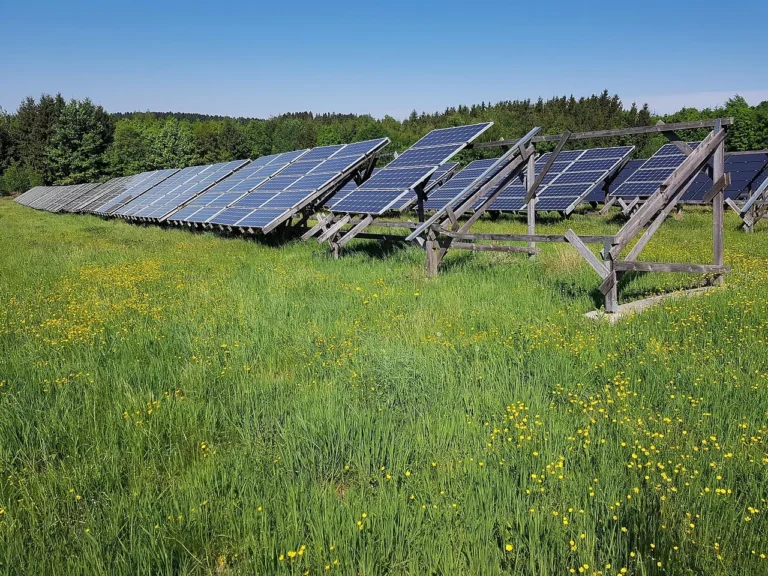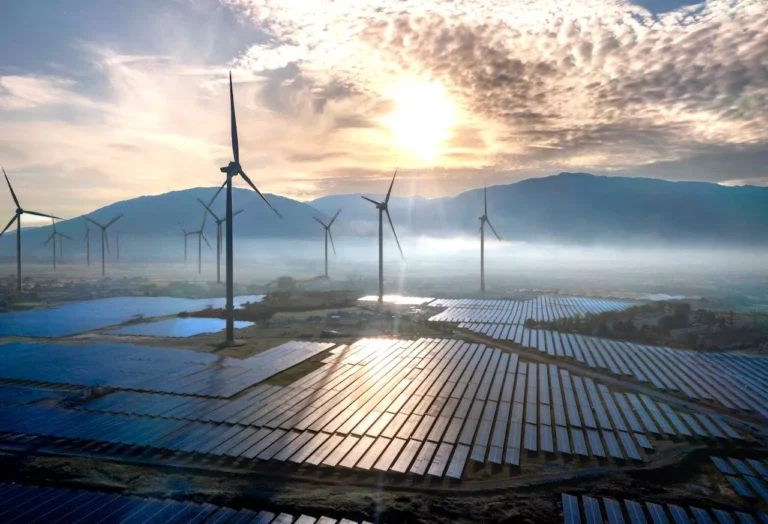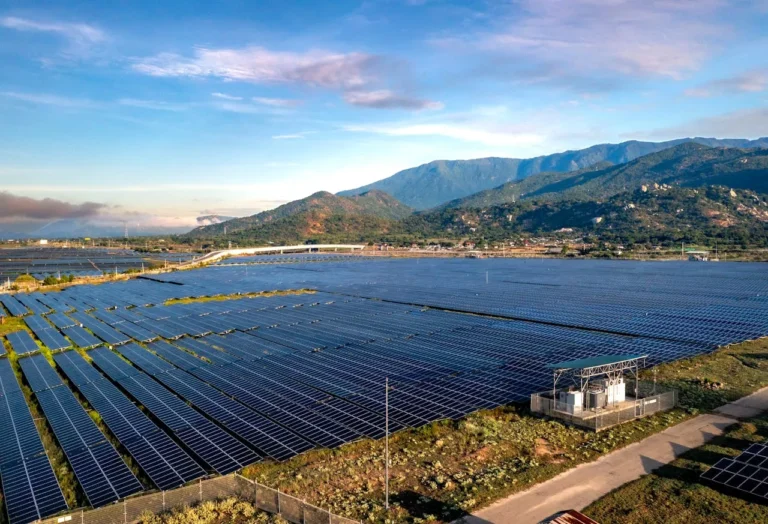
The US boasts the world’s most efficient rail network, achieved through a steadfast commitment to standardization, which has historically underpinned America’s supply chain efficiency and economic dominance. To protect this advantage, any approach to decarbonizing rail must avoid unproven locomotive power systems that do not meet the rigorous demands of line haul operations, which account for over 85% of all rail criteria and greenhouse gas (GHG) emissions. Modernizing the US rail network is a unique opportunity to optimize railroads and ensure their prominence into the next century. A comprehensive systems-based approach, encompassing locomotives, refueling infrastructure, transport logistics, fuel supply, and workforce integration, is essential.
Capture Natural Efficiencies
US railroads have a near-term decarbonization solution within reach by leveraging existing resources. The US developed a 3-million-mile natural gas pipeline network alongside railways post-World War II, establishing an efficient fuel distribution system for railroad operations, which transport over 3.5 million gallons of fuel annually. Refueling locomotives and tenders with Renewable Natural Gas (RNG) is simpler than refueling with diesel.
Capture Immediate Impact
RNG offers the same energy, physical, and safety benefits as fossil-based natural gas but is 100% renewable, with zero or negative carbon intensity (CI) and a lower cost than diesel. RNG production uses organic waste, reducing surface-level methane emissions. This clean, reliable energy resource is fully compatible with current rail infrastructure and operations, aiding the clean energy transition. RNG from landfill sites (CI +40) can be blended with RNG from agricultural waste (CI -350) to provide 3 billion DGEs of final locomotive fuel with a CI of 0 or less for all 25,000 line haul locomotives in the Class 1 fleet.
Capture Credits
Earlier this year, OptiFuel launched its Total-Zero™ switcher series locomotives. The flagship Total-Zero™ 5,600 hp RNG Hybrid Line Haul Locomotive will undergo two years of FRA concurrence from 2025 to 2026 and one million miles of testing, with full production expected by 2029. OptiFuel’s integrated approach delivers comprehensive rail solutions, including RNG-powered locomotives, RNG fuel supply, and refueling infrastructure. Planned refueling systems for the Class 1 railroad main tracks will be modular versions of the 2019 system at the Indiana Harbor Belt Railroad, with a capacity of 260,000 DGEs of RNG per day.
OptiFuel’s in-sourced RNG production ensures lower costs and assured supply. Each modular digester system produces approximately 5 million DGEs of RNG annually. Traditionally, US railroads funded their own refueling infrastructure. However, OptiFuel can leverage federal and state alternative fuel tax credits to offset costs and offer railroads a low, fixed price for zero-emission RNG. Co-investment and direct ownership opportunities are available for railroads interested in infrastructure ownership.
Smart Pricing
OptiFuel’s Locomotive-as-a-Service (LAAS™) Program offers railroads a fully integrated solution, including RNG-powered locomotives, tenders, refueling infrastructure, and RNG fuel, for a low, fixed-rate fuel price plus an upfront payment of about 20% of the locomotive’s retail price. For an OptiFuel Total-Zero™ 5,600 hp RNG Hybrid Line Haul Locomotive, this upfront payment would be approximately $1.1 million, covering up to 30 years of use. The LAAS™ model, inspired by the Class 8 trucking sector, provides a single, low cost per gallon of fuel dispensed, including the fuel commodity, fuel station, equipment CAPEX, and operational expenses. OptiFuel’s all-inclusive rate per gallon of RNG is comparable to the current diesel price.
For an estimated $3.00 per DGE of RNG dispensed, Class 1 railroads receive zero carbon intensity RNG and all required infrastructure and support, including guaranteed supply, fuel tenders, refueling infrastructure, and seamless program management. This approach allows locomotive fleet owners to reinvest savings into new equipment or other infrastructure needs.
Plan for Smaller Fleets
Short line railroads, ports, mining operators, intermodals, and other operators with smaller fleets have options for transitioning to OptiFuel Total-Zero™ locomotives. OptiFuel provides cost-effective equipment and refueling options based on fleet size, horsepower requirements, duty cycle, fuel needs, and current refueling processes. Customers can contact OptiFuel at Info@OptiFuelSystems.com for a no-obligation cost assessment and transition plan.
Batch Implementation
OptiFuel’s implementation model is structured around production batches of 250 locomotives, aligning with the average purchase size of Class 1 railroads. Each batch includes the construction of locomotives, RNG refueling systems, pipeline connections, RNG digester systems, transport vehicles, mobile refueling trucks, and tender car assets to support those locomotives and routes. Each batch takes approximately 12 months to complete, with four scheduled batches and new Class 1 refueling sites per year. OptiFuel has pre-mapped multiple implementation pathways for each Class 1 railroad, ensuring minimal disruption to daily operations. Refueling sites in California and the Chicago area are prioritized to meet impending regulatory deadlines in 2035 for BNSF and UP.










